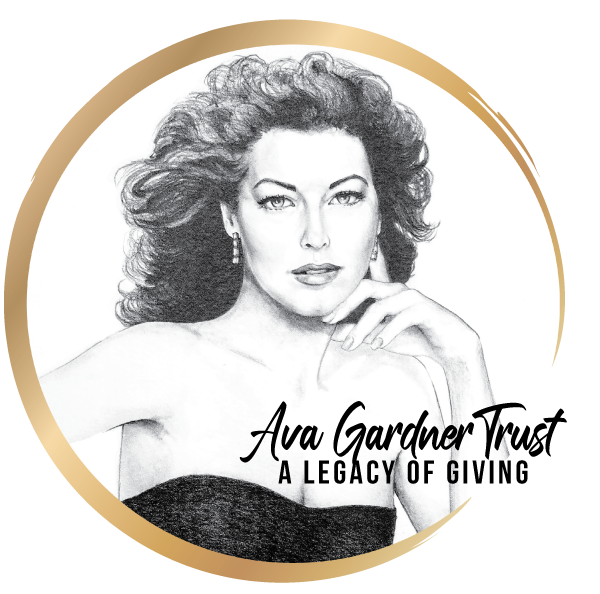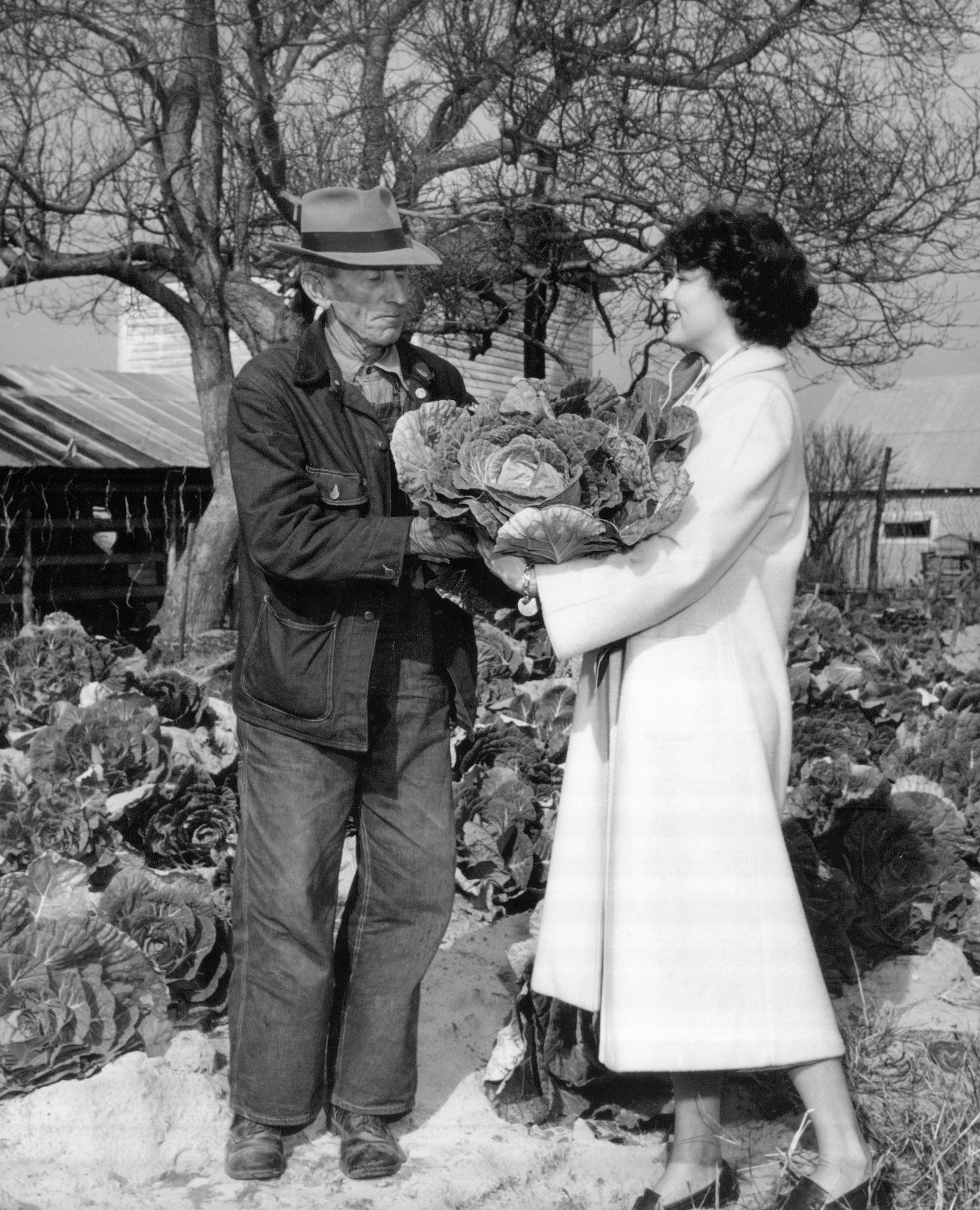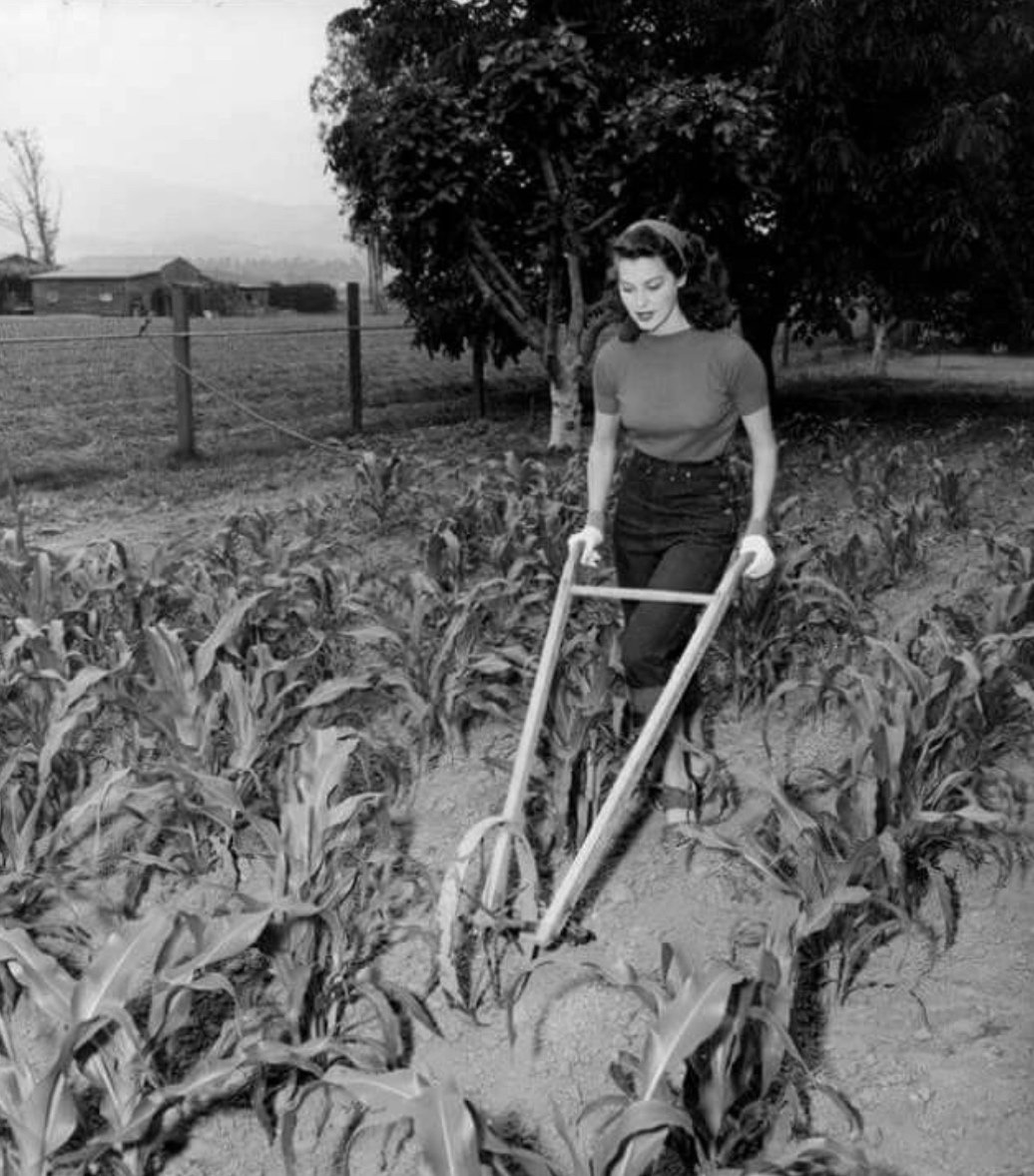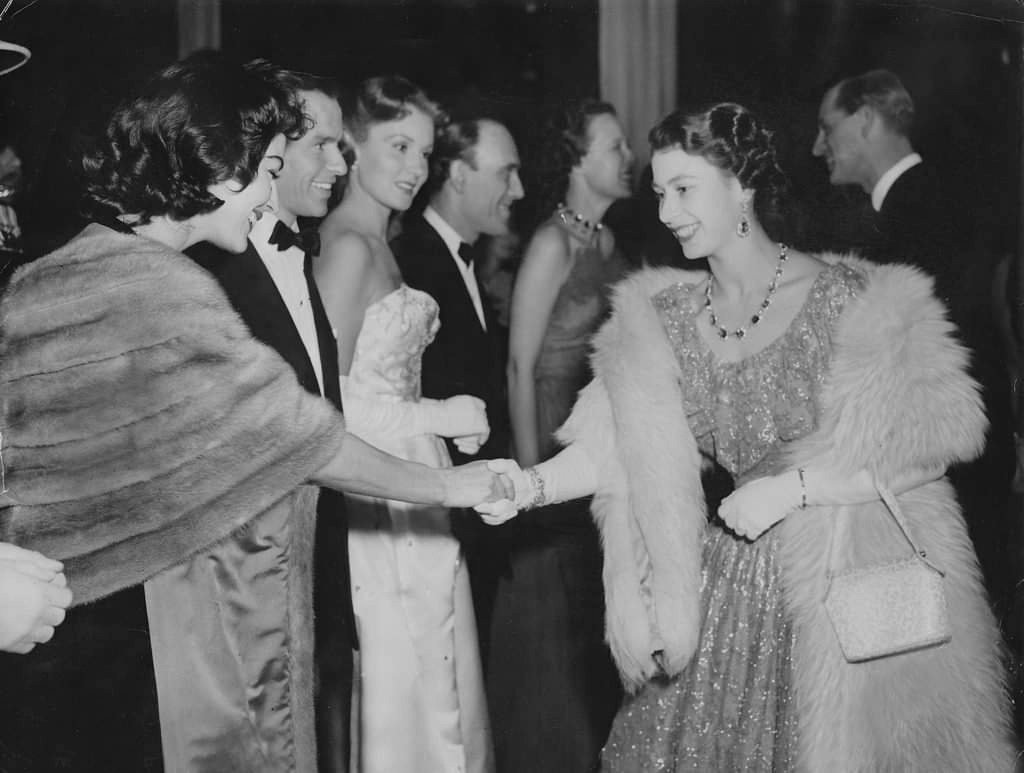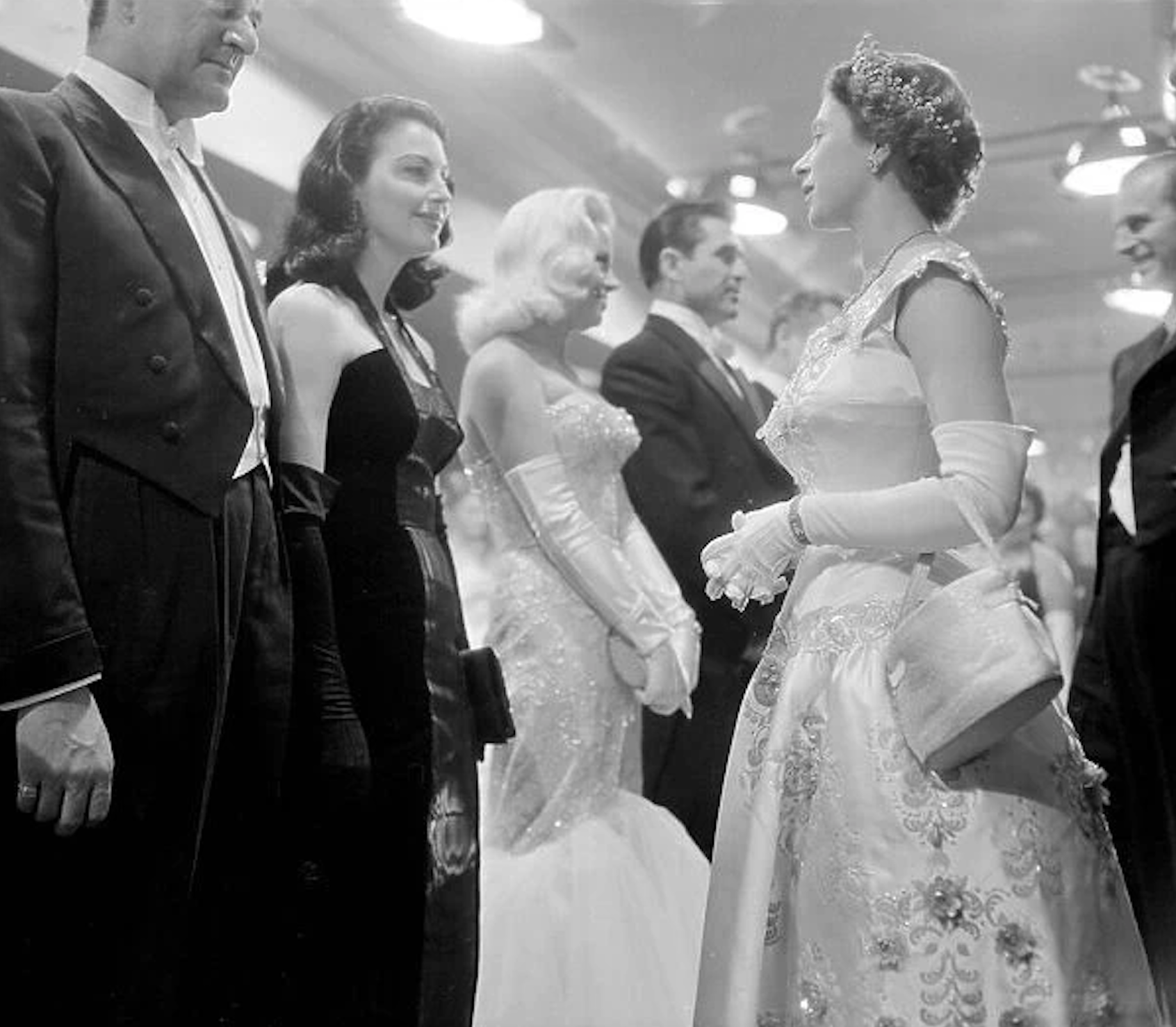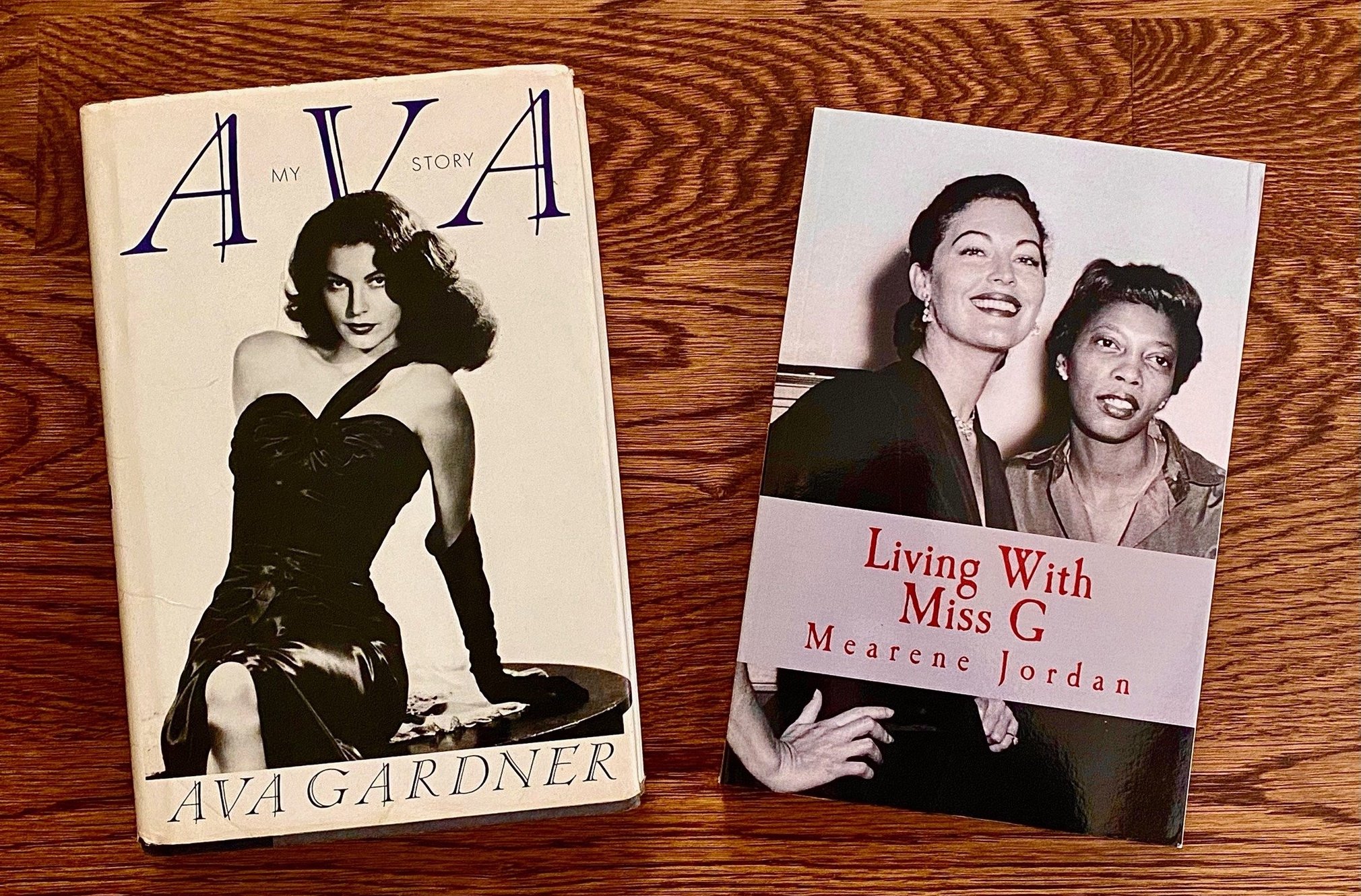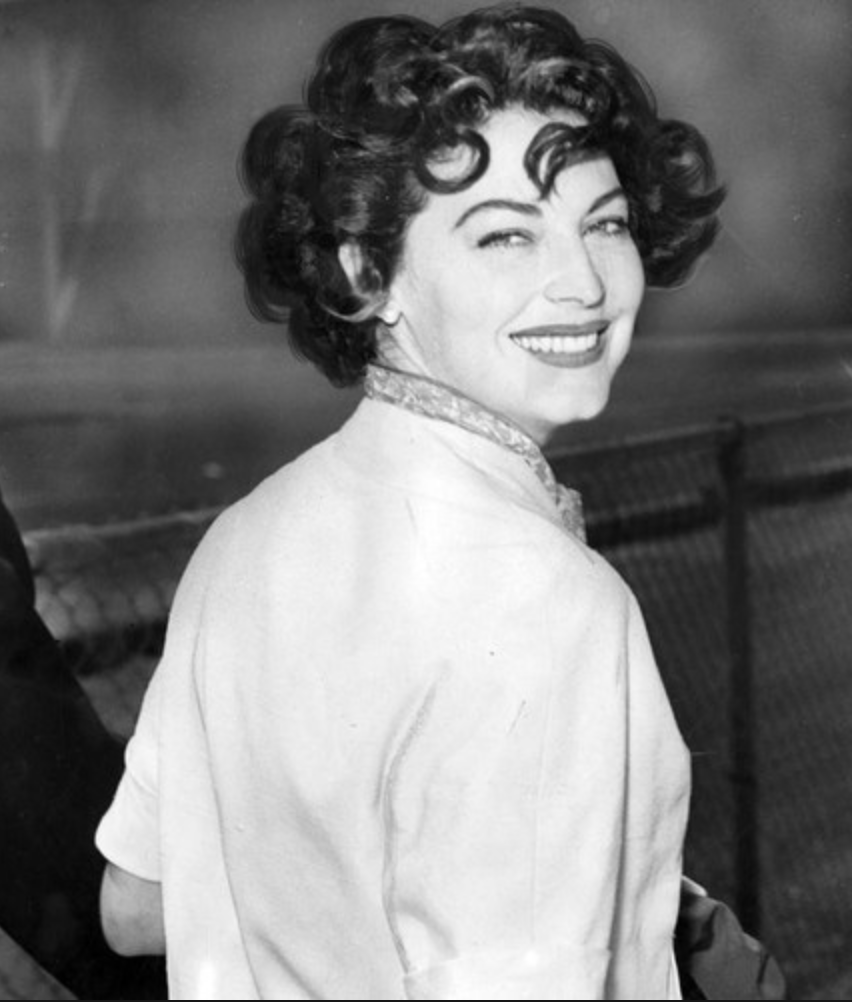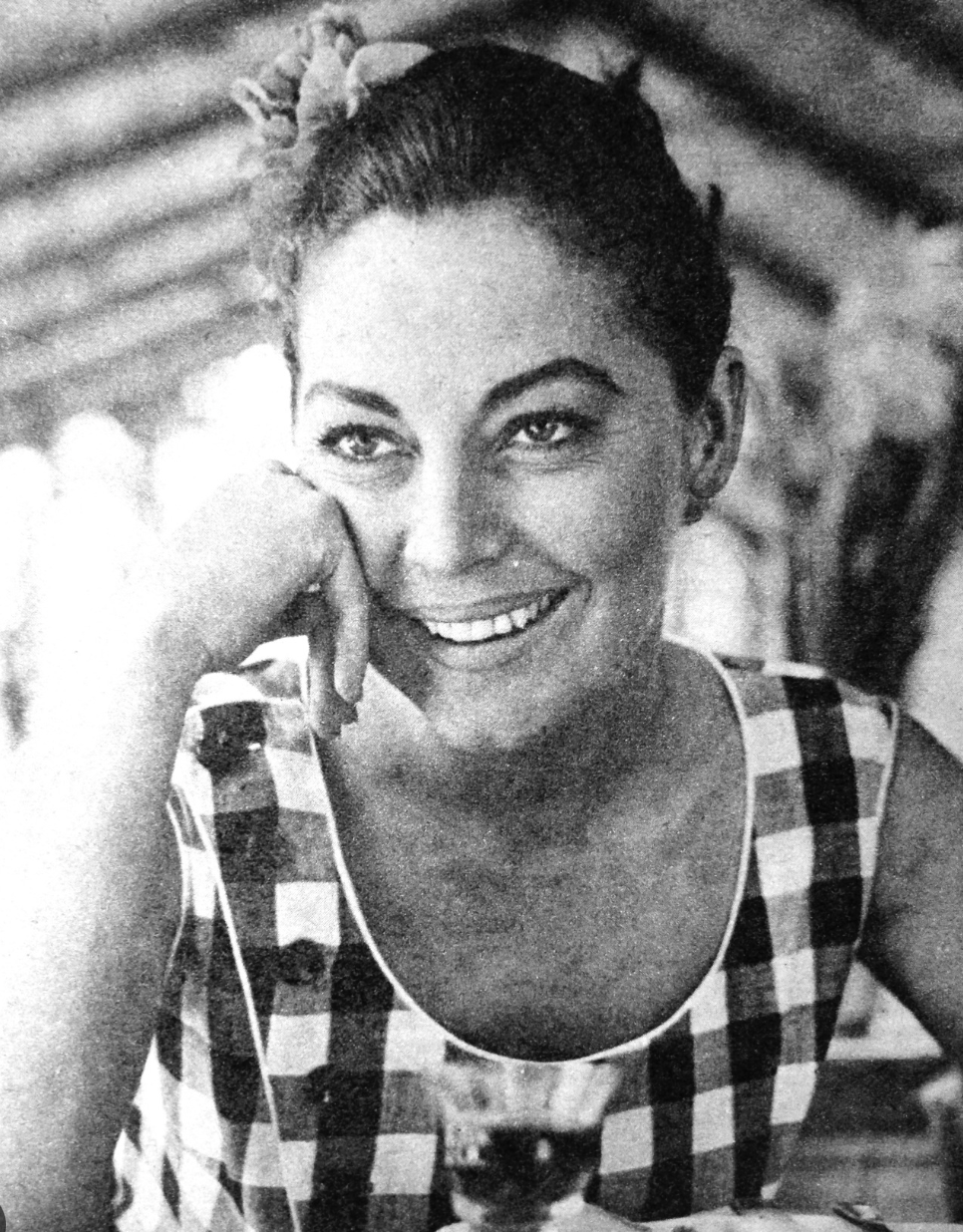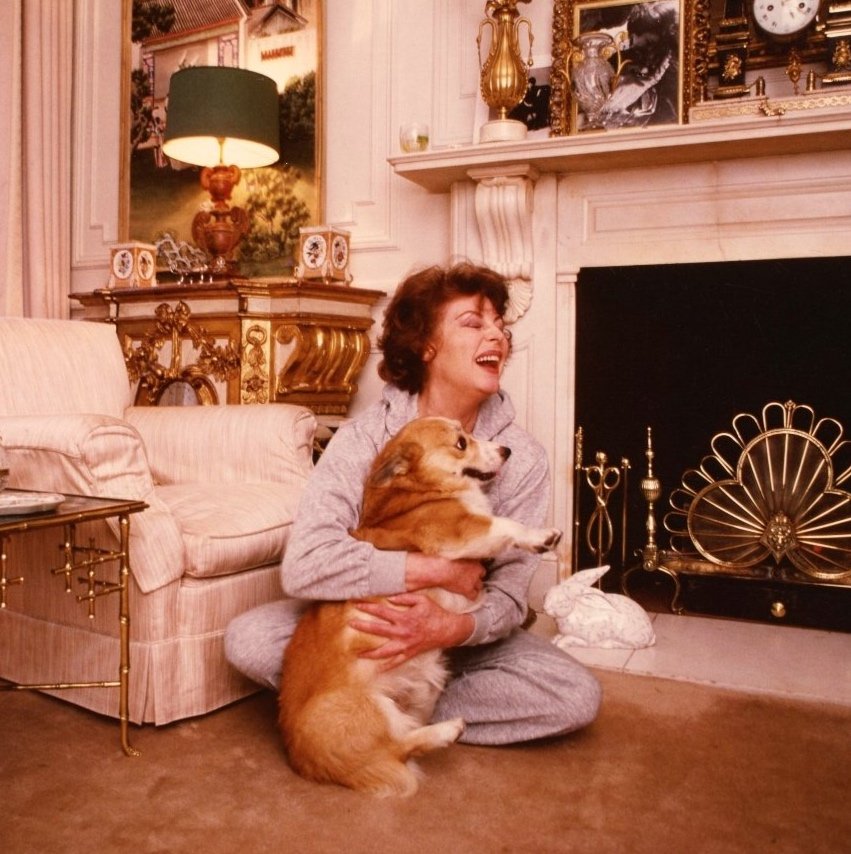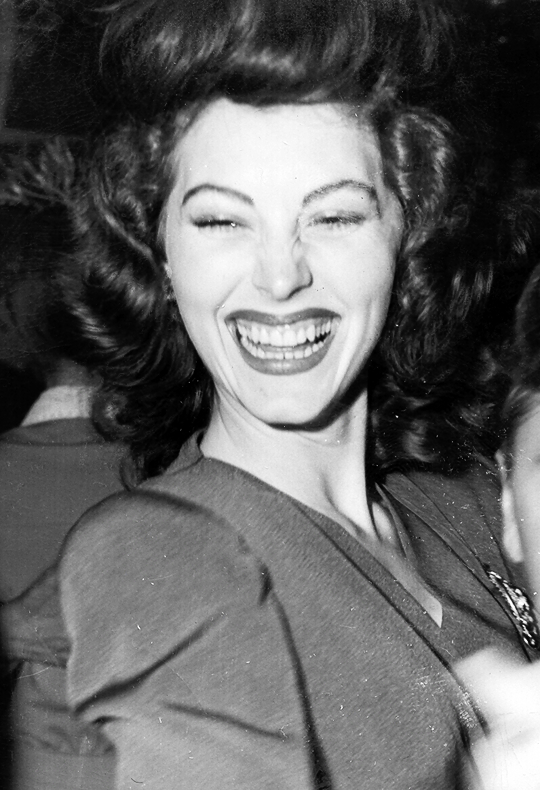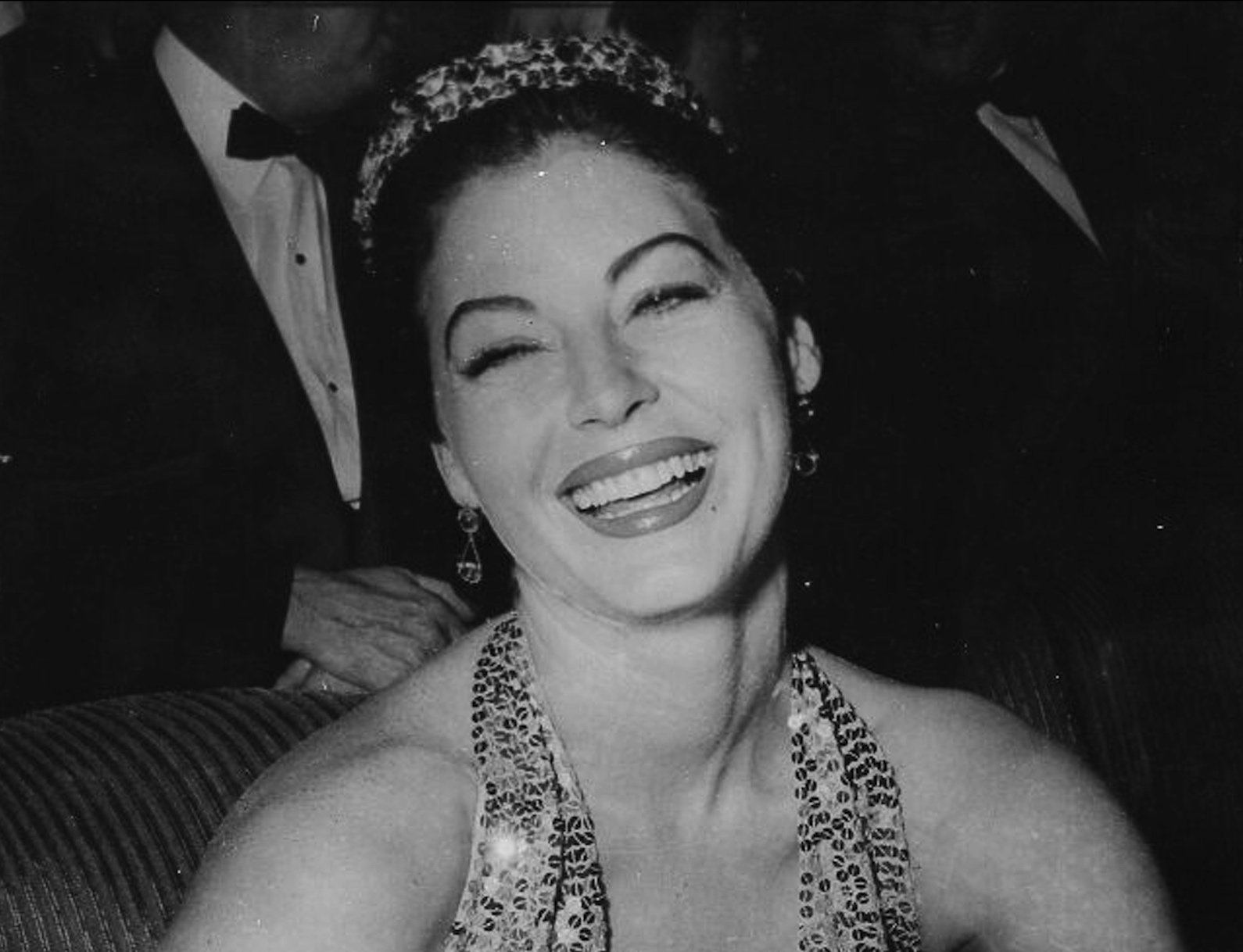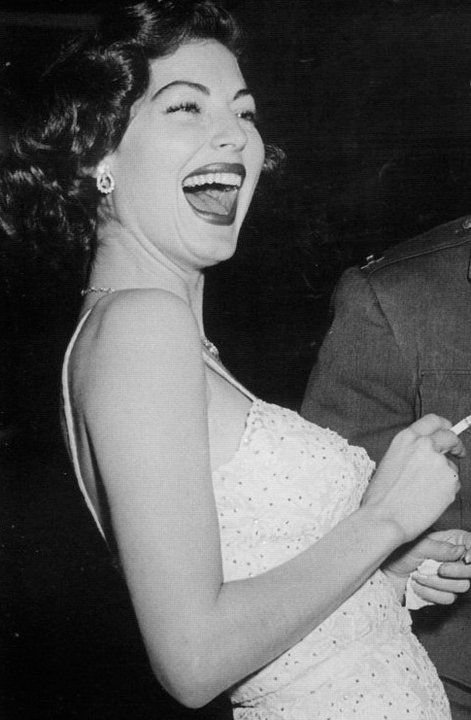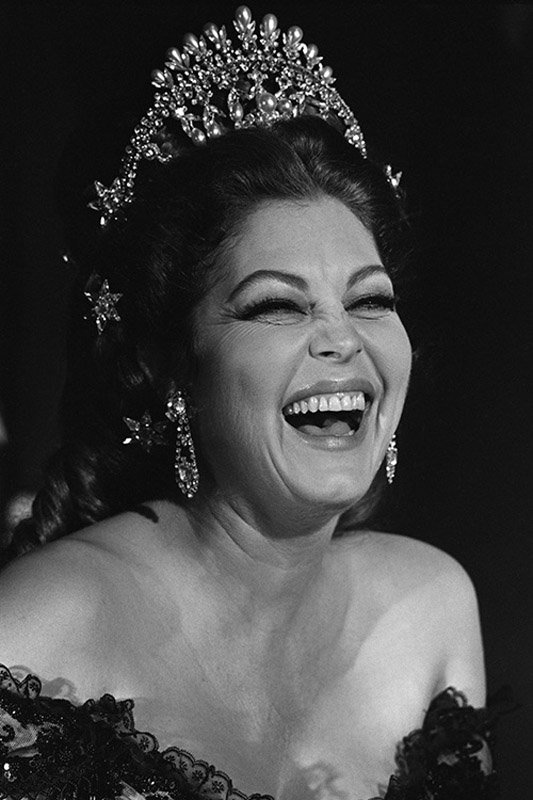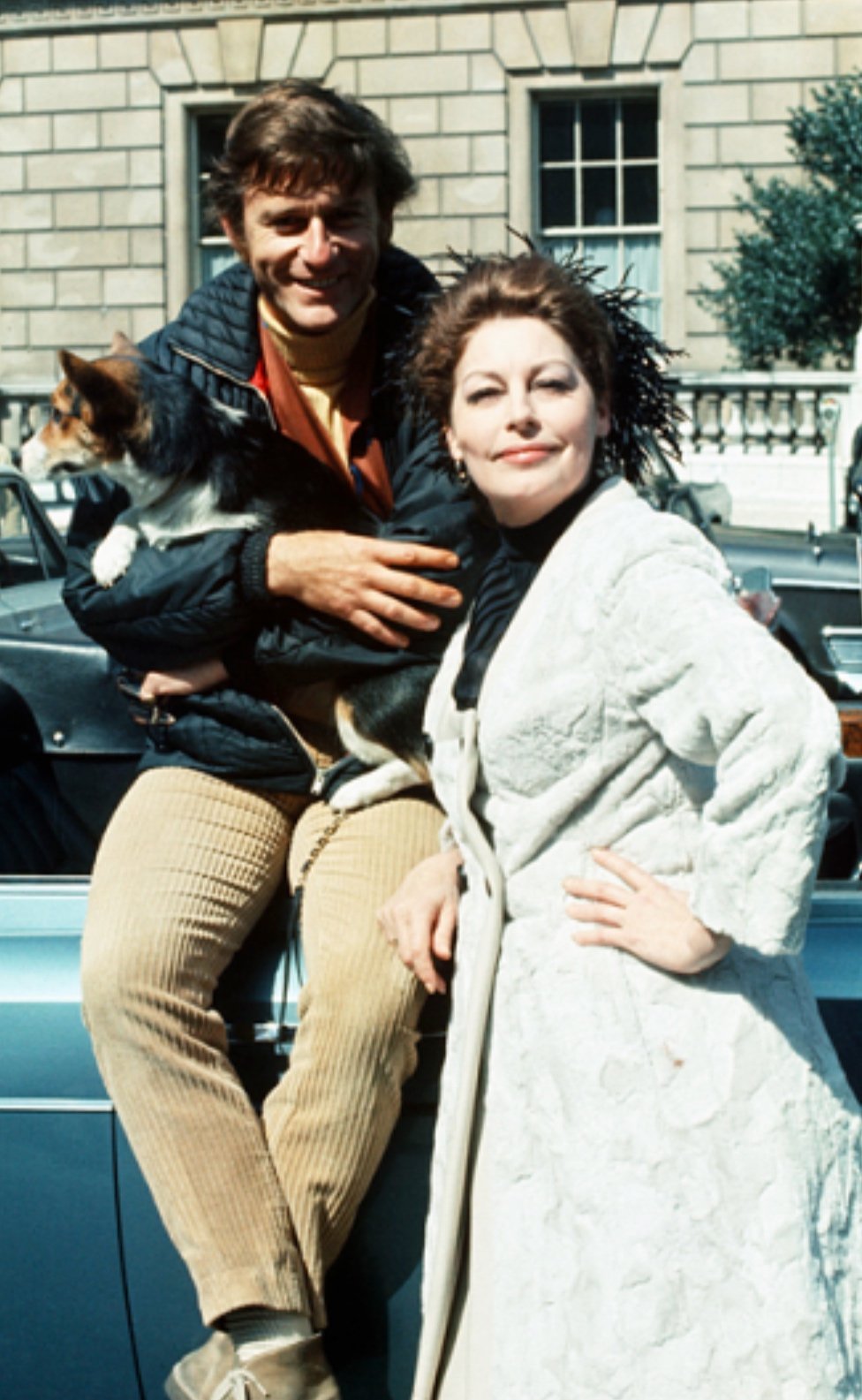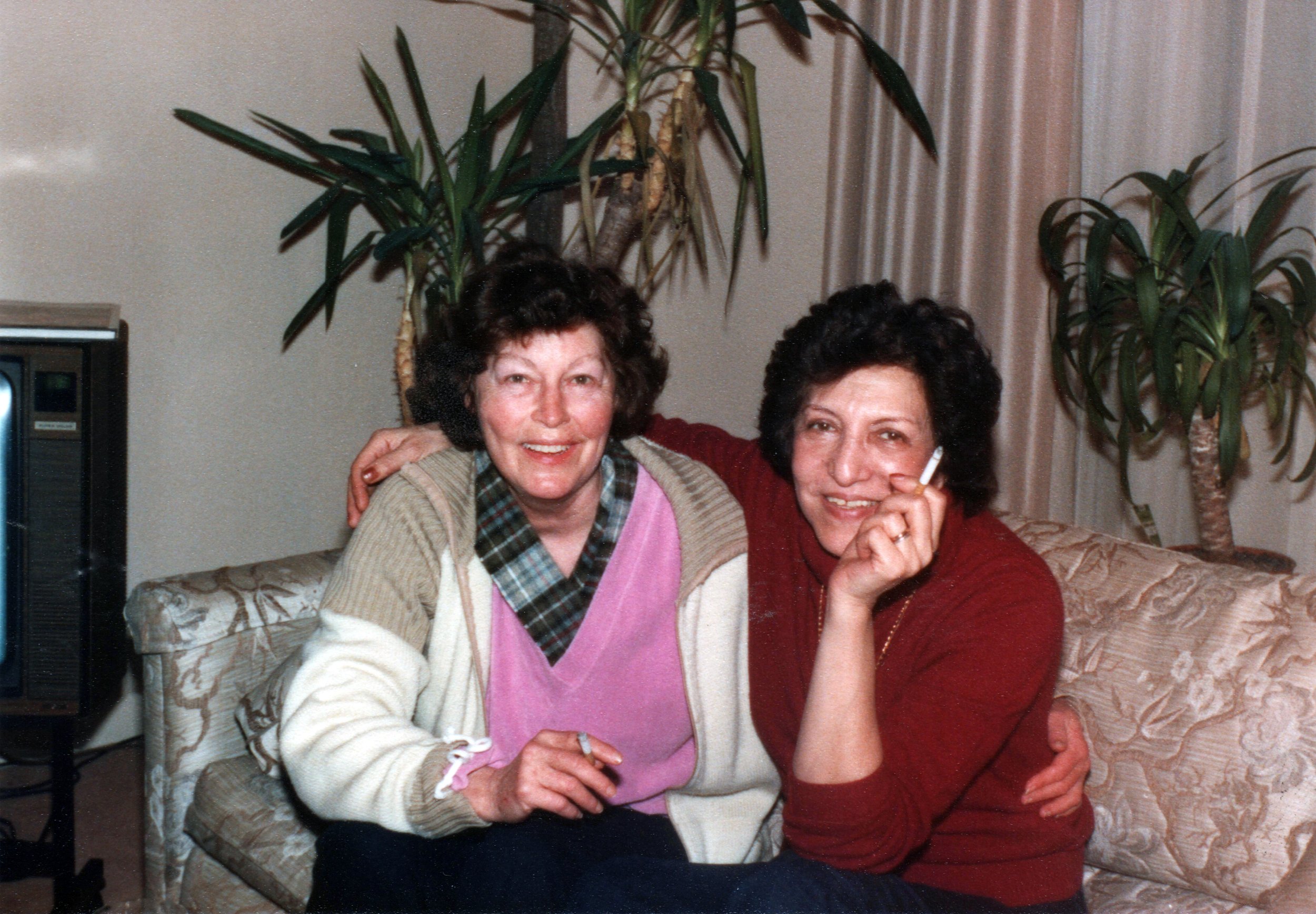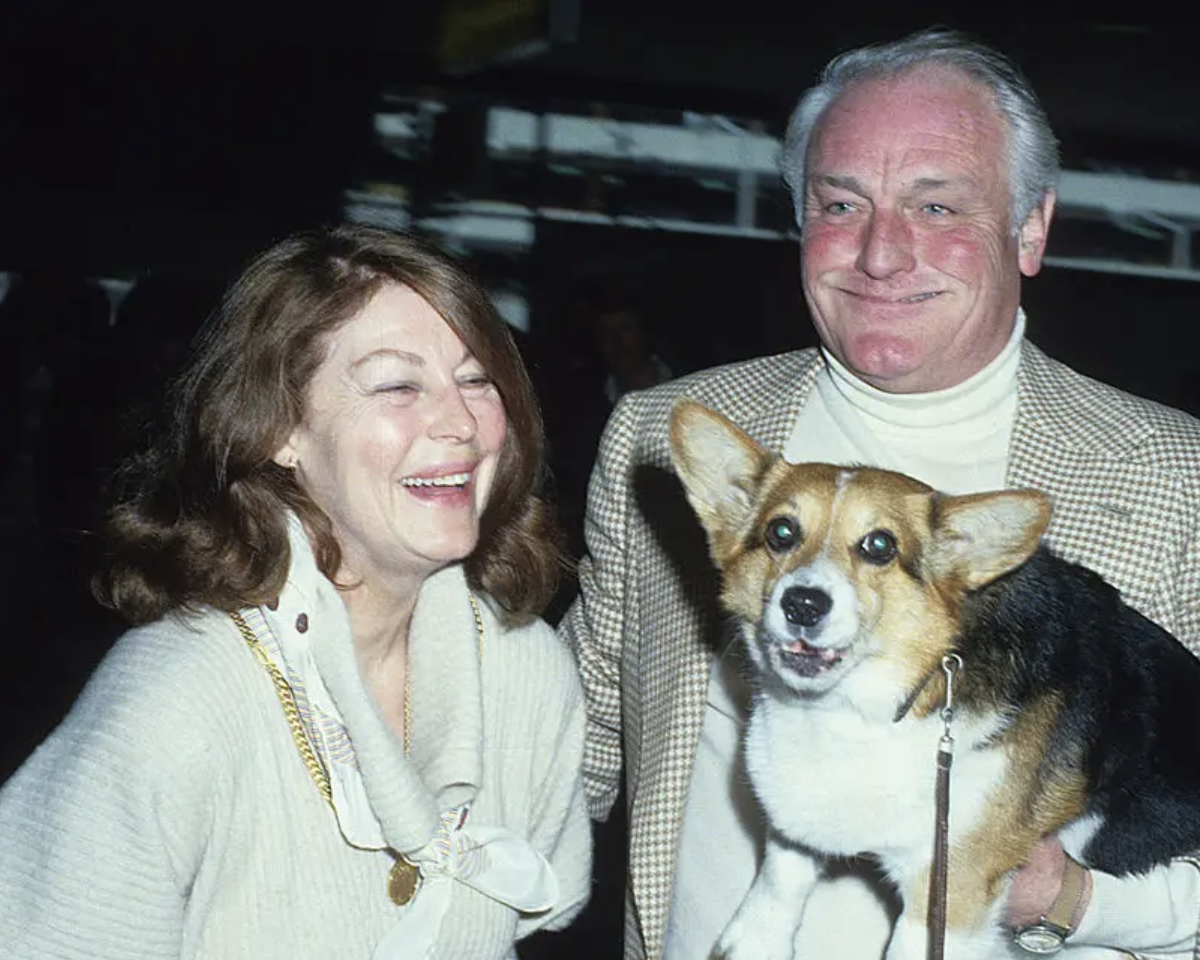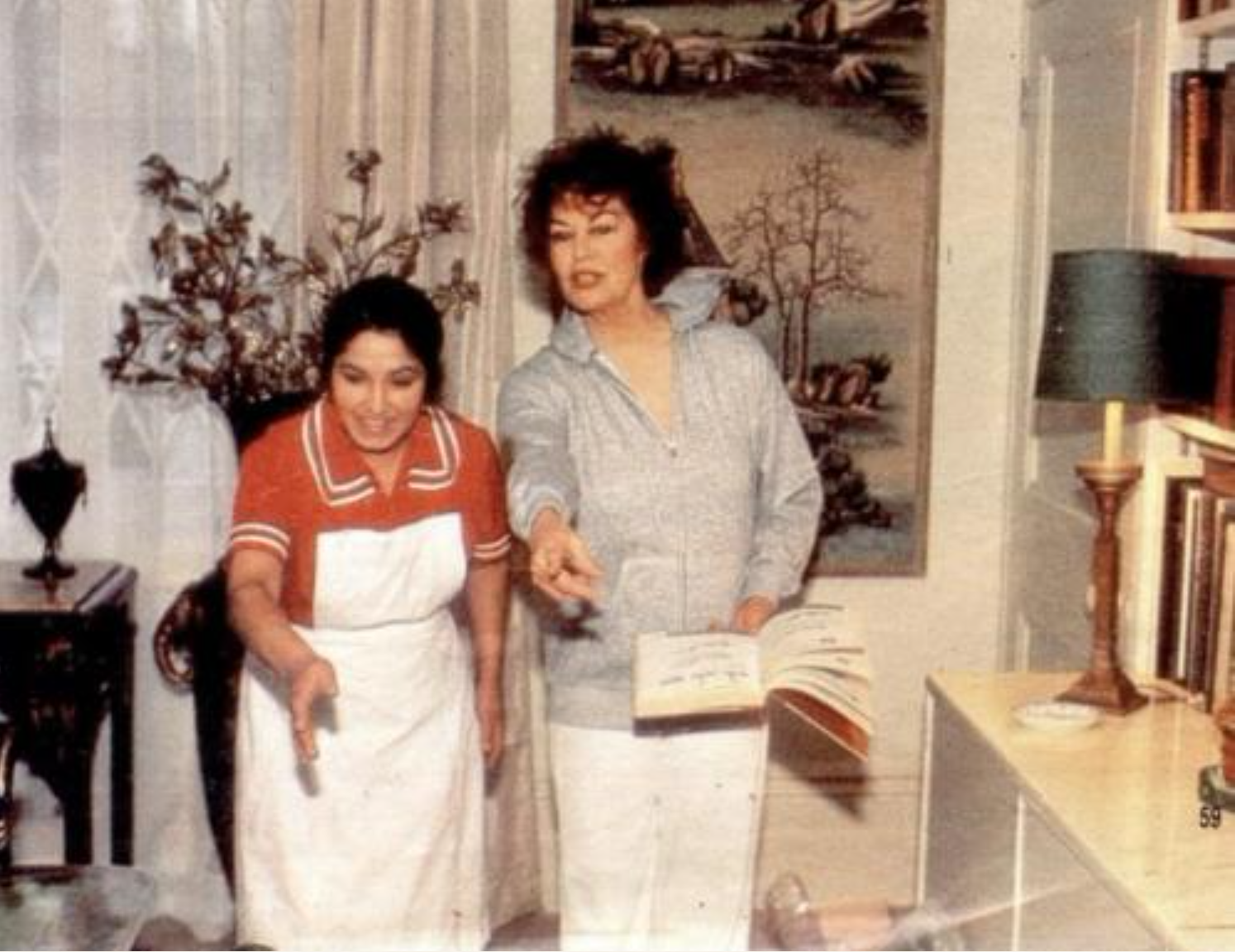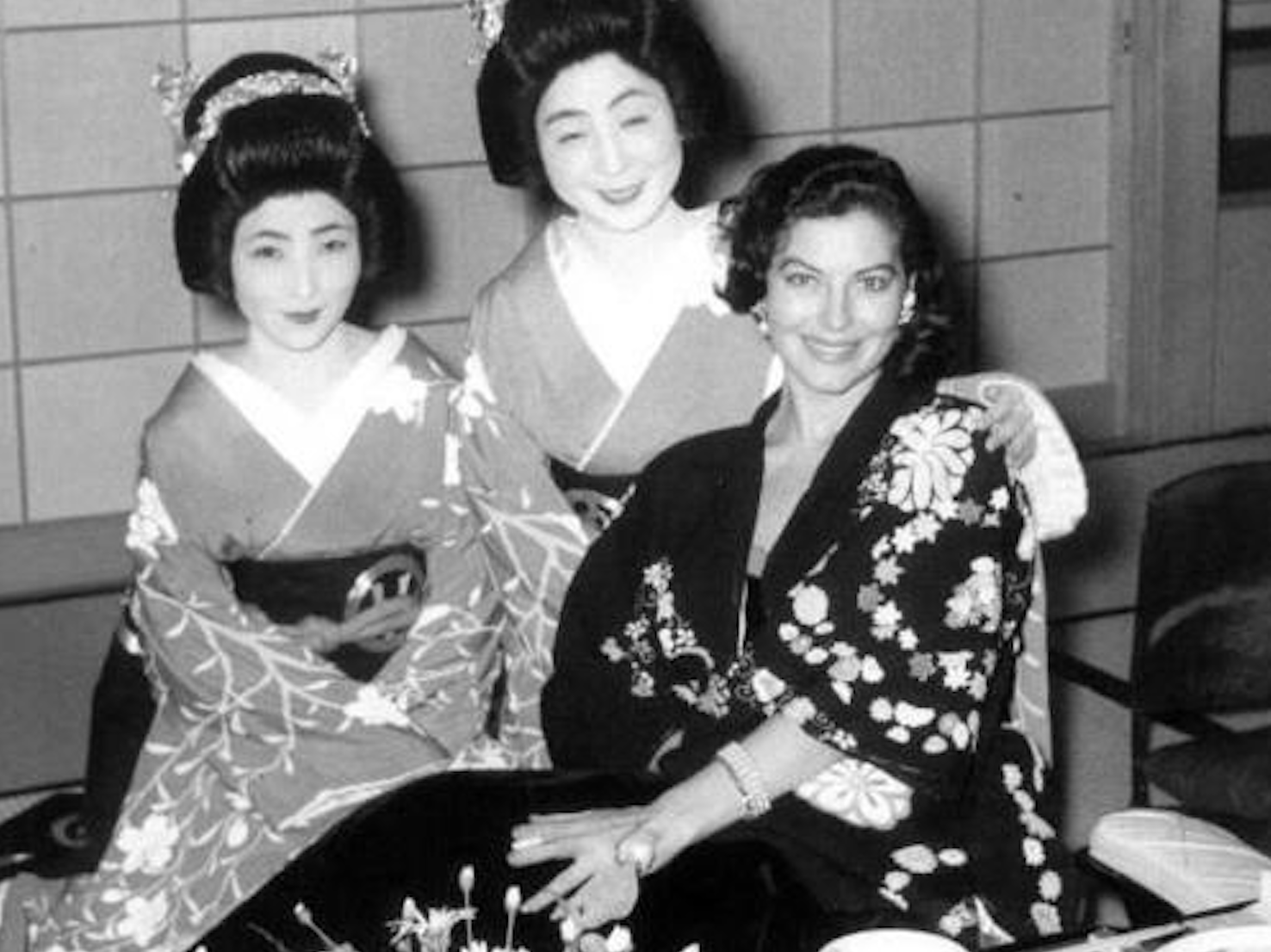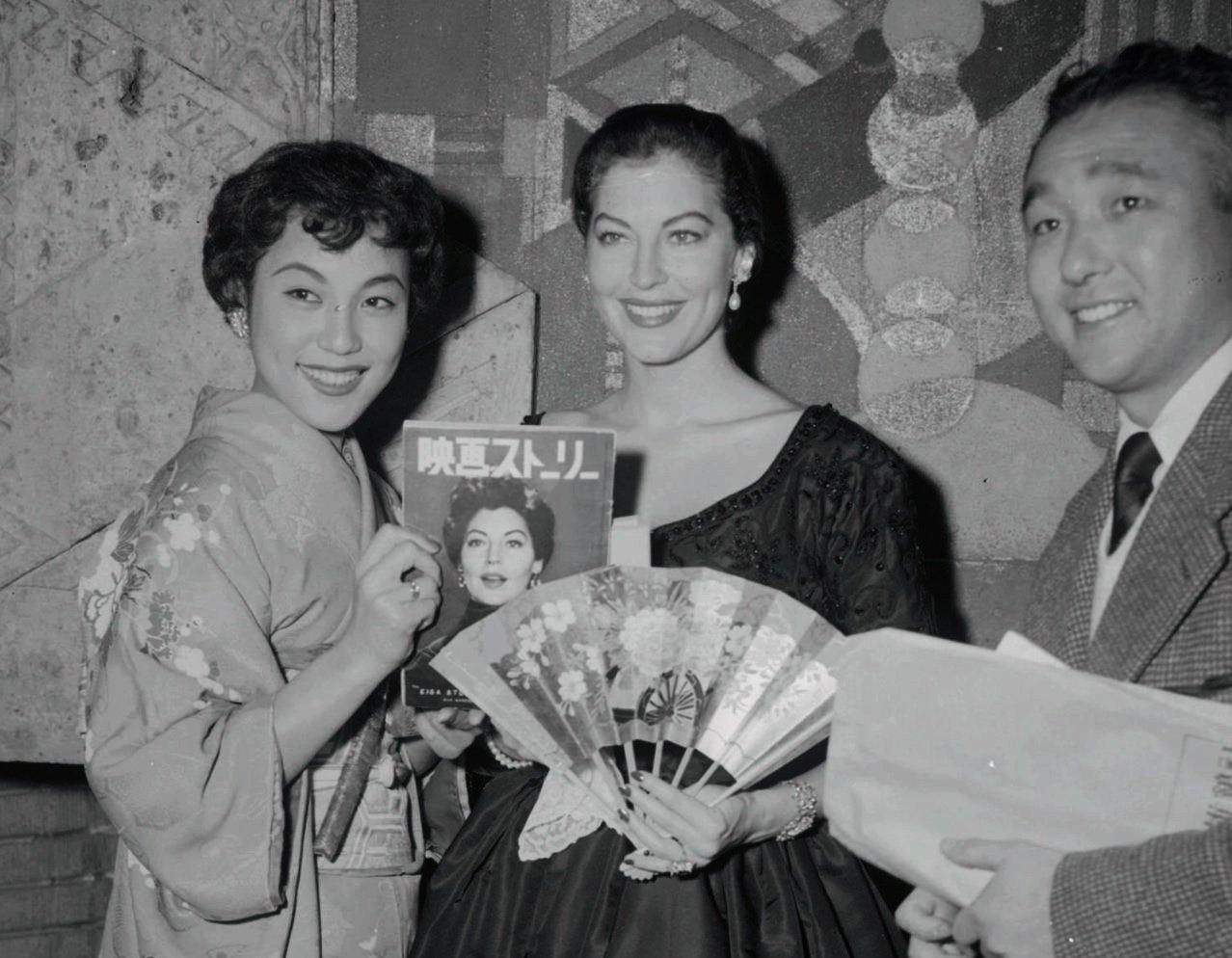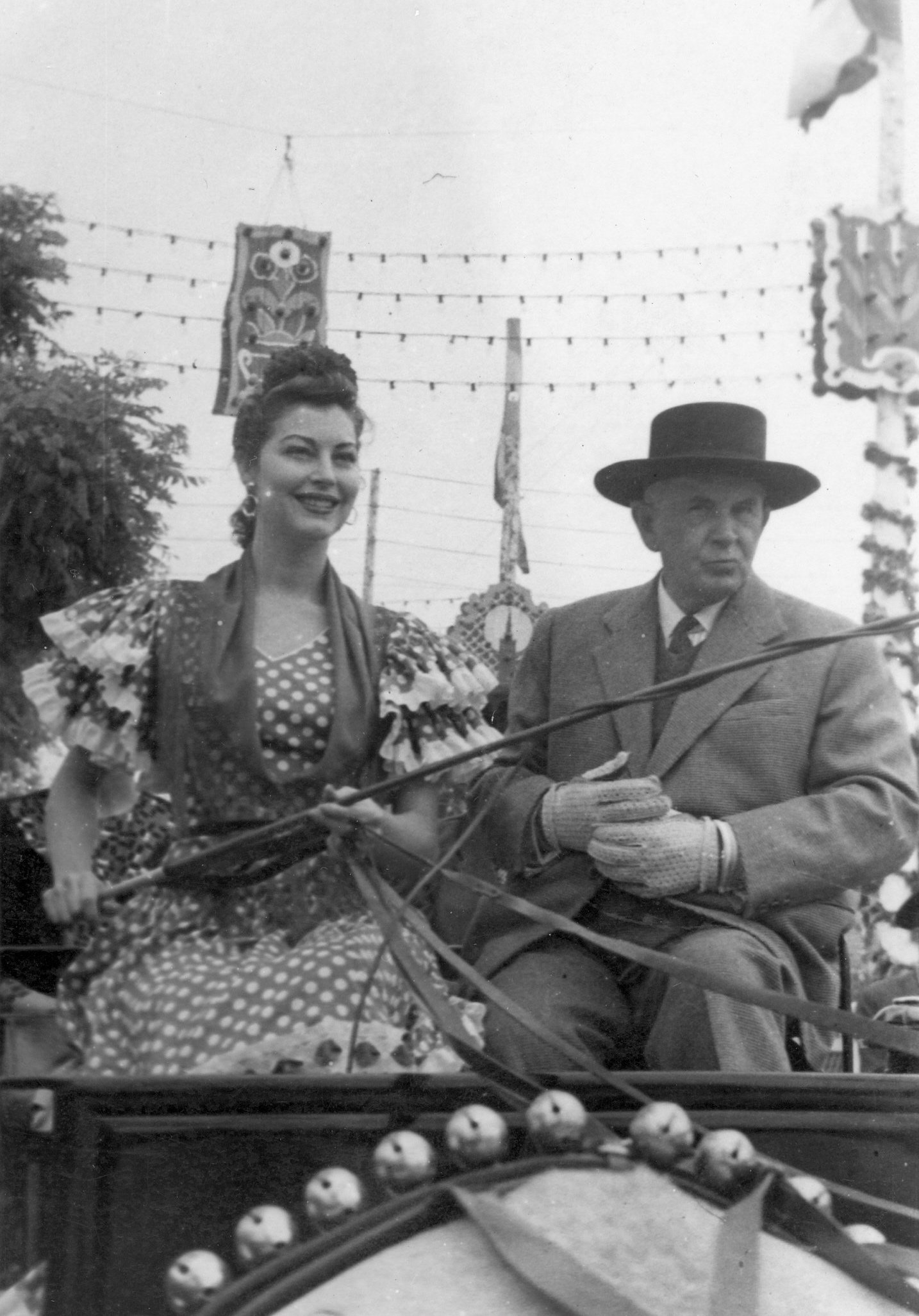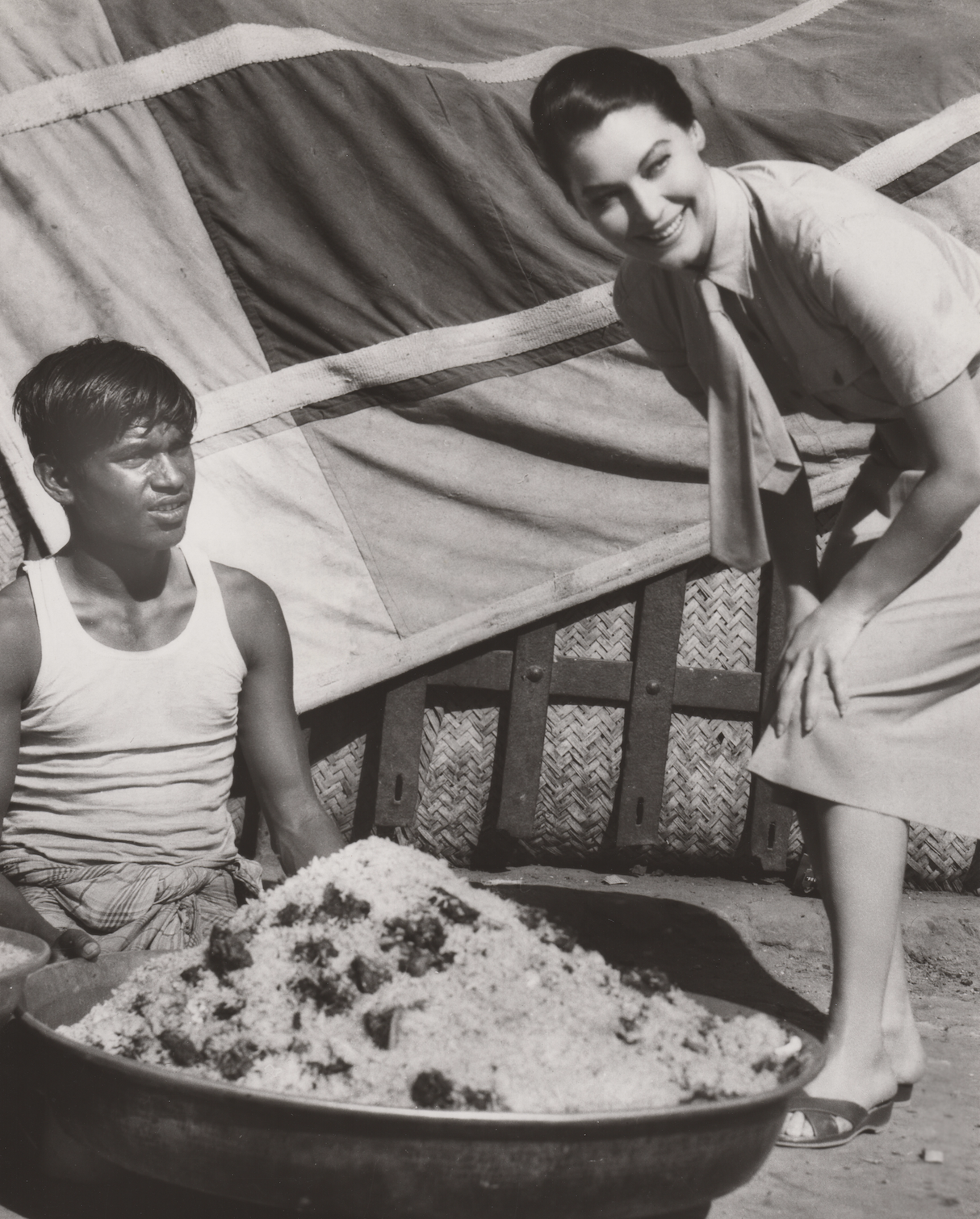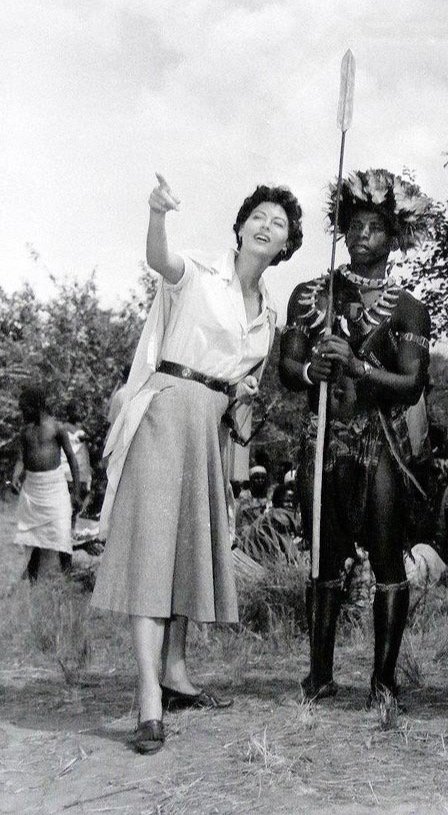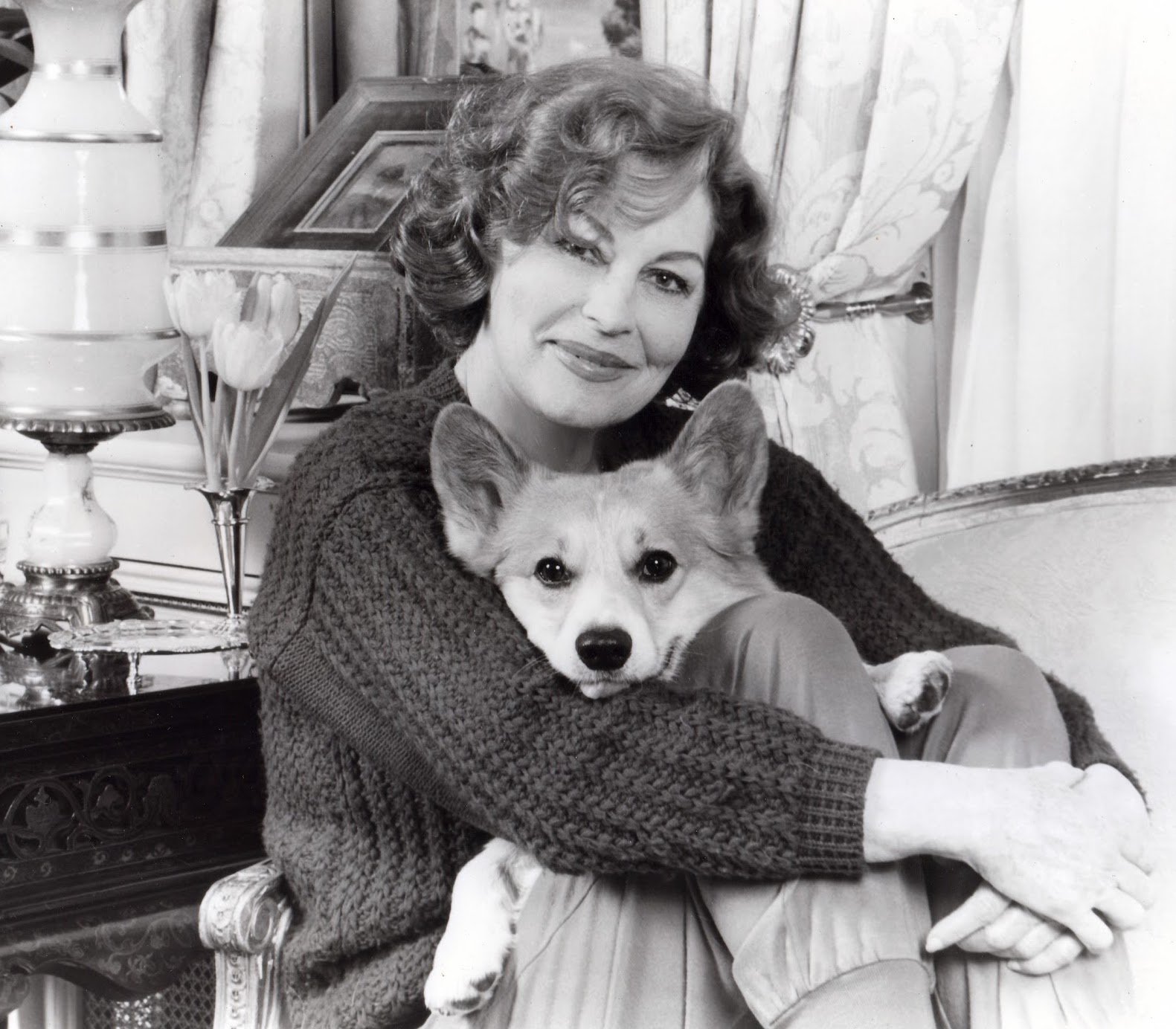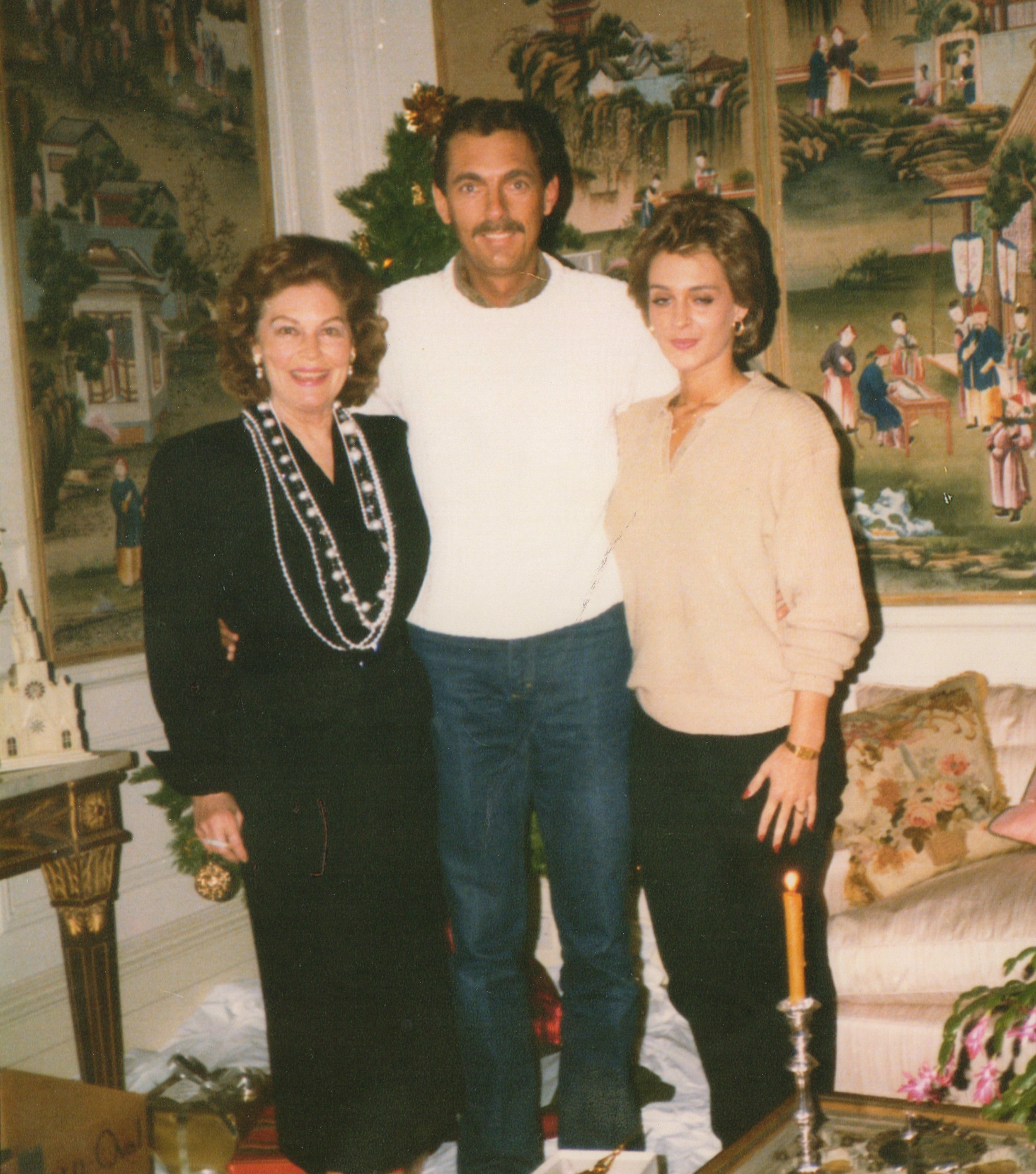Myths, Misconceptions, and Misrepresentations
“The worthiest people are the most injured by slander, as is the best fruit which the birds have been pecking at.”
– Jonathan Swift –
Enough has been written about Ava Gardner for the words to encircle the globe. Unofficial documentaries have been filmed and published again and again over the decades. While attention to Ava is greatly appreciated by her family and admirers, much of this mountain of information is comprised of myths, misconceptions, and misrepresentations. Once incorrect information is published, it takes on a life of its own and continues to be published and republished. Ava herself was often dismayed at the lack of truth and understanding of the facts that characterized much of what was written. She said, “I don’t care what is written about me as long as it is the truth.” Jonathan Swift pointed out in 1710, “Falsehood flies, and the truth comes limping after.” In this modern world, falsehoods travel extremely fast and the repetition of untrue statements as they spread through social media makes them more believable.
Ava Gardner grew up in the comfort and security of a farming community in eastern North Carolina. She loved the simple life, and she never lost touch with her humble roots. She was as comfortable amongst the fields and farmers in her home community as she was with the celebrities of Hollywood and the world’s royal families, like Queen Elizabeth and Prince Phillip of England (below) or Prince Rainier III and Princess Grace of Monaco.
Ava explained, “I’ve always felt a prisoner of my image, felt that people preferred the myths and didn’t want to hear about the real me at all. Because I was promoted as sort of a siren and played all those sexy broads, people made the mistake of thinking I was like that off the screen. They couldn’t have been more wrong. Although no one believes it, I came to Hollywood almost pathologically shy, a country girl with a country girl’s simple, ordinary values.”
Writers often exaggerated and sensationalized what was written to sell newspapers and magazines. In other circumstances, writers simply did not take the time to do research, and just republished what had been previously written that was incorrect. When incorrect information is repeated so often, it takes on an aura of truth and results in a popular misconception. There is really no need to exaggerate or sensationalize her life; truthfully, it was sensational! She was known all around the world for her romances and adventures. She acknowledged that the truth was not always flattering. No official representative of Ava wants to whitewash her. To whitewash Ava Gardner would be to rob her of parts of her personality.
Magazine features like these from Ava Gardner's early years in Hollywood were crafted by the studio’s public relations department. These articles leaned into her country and farming roots in rural North Carolina.
The Ava Gardner Trust would like to see these myths, misconceptions, and misrepresentations corrected. There is so much misinformation, this is a challenging goal. A good example of misinformation is that Frank Sinatra paid for her funeral. This is incorrect. The Trust holds financial documents proving that Ava paid for own her funeral. However, if one is offered this proof, often the individual will refuse to accept the fact and cite numerous sources saying the opposite. Just because numerous sources say Frank paid for her funeral does not make it true. Financial records are a primary source as opposed to a magazine article that is quoting another incorrect magazine article, secondary sources.
I sincerely hope those who write about Ava Gardner will evaluate their sources. Those who write about Ava should consider the authority and reliability of the writer of their source. What is the credibility and reputation of the writer or publisher? Moreover, what is the purpose of the written piece and objectivity of the publisher? Biographical works, magazines, newspapers, and websites are generally considered secondary sources and should be seriously evaluated.
The Ava Gardner Museum in Smithfield, North Carolina is dedicated to the care and conservation of artifacts and memorabilia and to the mission of educating the public about the life and career of Ava Gardner.
The Ava Gardner Trust and the Ava Gardner Museum are the very best sources for correct information. At the Museum, the very best researchers, historians, curators, and archivists have worked for over two decades to put together the accurate life story. The definitive source on the life of Ava Gardner is her autobiography, Ava, My Story. This work is based on more than ninety audio recordings of Ava talking about her life.
Many say the autobiography is sanitized. To some extent this is true. Ava did not want to hurt anyone or those close to them, so she talked about people and events and then said to the ghostwriter Alan Burgess, “Don’t put that in the book. I do not want the family to be hurt.” She was not willing to spread smut in order to sell her book. Ava died before the book was finished and the draft was rushed to the publisher. The Burgess draft was rejected by Bantam Books, and Kenneth Turan was then hired to finish the book. He was not allowed access to the recordings. He found Ava’s voice by interviewing many of her friends and colleagues and including vignettes from those interviews.
Together, Ava: My Story and Living With Miss G are primary sources on the life of Ava Gardner.
Living With Miss G is an unauthorized derivative of Ava, My Story based on interviews with Mearene “Rene” Jordan, Ava’s assistant for more than four decades. Ava brought Rene, as Ava called her, to London in the summer of 1988 to assist in the preparation of her autobiography. Interviews with Rene were part of Ava’s contract with Bantam Books. Rene did interviews with the ghostwriter, Alan Burgess, to fill in details that Ava could not remember. Ava said to Alan Burgess: “I don’t know. It was so long ago, to dig up all these stories. Yeah, we’ve got to get Rene over here because she can dig up a hell of a lot more than I can.” Alan Burgess was the second ghostwriter employed by Ava to help write her book. Years later, it was from these interviews that Rene’s book was put together. These books are primary sources and together comprise the most comprehensive, authentic work on the life of Ava Gardner.
Many are under the impression that The Secret Conversations is a good source. The book contains some direct quotes from Ava Gardner that can be verified from the audio recordings. However, there is less than three hours of audio conversations with Peter Evans, the first ghostwriter employed by Ava to help write her autobiography. These recordings comprise a very small part of the total autobiographical recordings and are owned by the Trust. The recordings do not support much of the content of the book. In large measure, the book is based on Peter Evans’ notes and memory after more than two decades had passed. It is largely about his interactions with Ava while he was working as her ghostwriter. This book is not a primary source. I would encourage those who use this source to remember that Ava dismissed Mr. Evans for misrepresenting himself to her and for his aggressive approach with her during the interview sessions. Ava’s business manager and estate trustee, Jess Morgan, authorized this book based on 40,000 words without knowing the details of the final draft. At the urging of Ed Victor, publisher, Mr. Evans pressured Ava to “dish the dirt” which she was not willing to do. In later recordings with Alan Burgess, Ava talks about how disgusting his questions were about Frank’s genitals as well as other topics. He was searching for the sensational at Ed Victor’s urging. Even the title of this book is sensational and meant to be salacious to draw in readers. The recordings of the Evan’s “secret conversations” are no more sensational than the conversations with Alan Burgess, the ghostwriter who replaced Peter Evans.
Ava Gardner left the United States in 1955 to establish a home in Spain and later in London. She boldly followed her dreams, living life on her own terms. Her story is one that is adventurous and victorious. It is not sad, instead it is filled with love, laughter, family, and friendship. Her story is singular, remarkable, and empowering.
One misconception that is most disturbing to me, a family member who knew her well, is that with no husband and children she was unfulfilled and always searching. To think about Ava Gardner, one of the most beautiful women of the 20th Century, as lonely, unfulfilled, and searching has become romanticized and embraced, but is a myth. That she led a lonely existence wandering the face of the globe is far from the truth. In Ava’s own words, “I don’t believe in getting married unless you’re madly in love – just to have a man around. There are certain people - there’s a woman around the block here whose husband died last year; she simply cannot bear being alone. Elizabeth Taylor is one. Elizabeth cannot be without a man. It does not bother me. I don’t mind. I have a lot of men friends. I have a lot of women friends. I have a lot of friends. And I don’t feel the need to have a man – to have – well, I don’t feel the need that I’ve got to be married and attached. I don’t feel great loneliness. I’m quite happy being alone. I know that anytime I want I can pick up the phone and see a friend, go and visit them, or they’ll come over here if I feel like seeing someone or having a drink with somebody. I went over to see Charles (Gray) last night. Anyway, no, I don’t feel the need to have a man around – to go out with a man – to be seen with a man – to be attached constantly. If I am in love, Jesus Christ, then I’m in whole heart, the whole thing, you know, got to be married, got to get all involved and all that sort of stuff, but just to have a man around, no.”
As a matter of fact, Ava was so content in her final years in London that she declined Frank’s proposal to remarry. He called her, asked her to remarry him, and said he was going to marry Barbara Marx if she refused him. What a strange proposal! Ava said “yes” and had the Fontana sisters begin a wedding trousseau. After several weeks, she changed her mind, valuing her independence and her friendship with Frank more than a proposed remarriage. A lonely woman would not have declined a proposal from her great love. In my opinion, biased as I may be, I think my famous relative was a woman ahead of her time – a woman who was intentional and who made bold and courageous decisions. Ava valued her independence.
Ava's life in London was filled with her "chums." She enjoyed entertaining in her home, going to the theater and to concerts at Royal Albert Hall. She spent time visiting her interesting neighbors, walking her dogs in Hyde Park, and shopping at Harrods. She worked occasionally, living happily and sedately.
The autobiographical recordings reveal that Ava’s Knightsbridge residence was a very busy, happy place. There were a lot of visitors and friends dropping in, interrupting interviews, and there was a lot of laughter. All of this is not to say she did not suffer some depression after her stroke. Most people have some degree of depression following a major medical event. Ava was no different. She had to come to grips with all she had lost. Ava explained, “If I suddenly got a notion in my head I wanted to go somewhere, I did it. I did it. I’ve always done that, and I wish to hell I still could. I can’t travel anymore because you know I can’t travel with a bad leg and a bad arm. I can’t do it. So, my life has changed drastically and I resent it like mad. I can’t go out and play tennis and swim. I found myself yesterday trying to run with my little dog in the park. I thought I’d just try. I can’t run.”
She could no longer iron clothes which she loved to do. She could not use both hands to cut meat at the dinner table, and she could not hold a drink with one hand and shake hands with the other. She found it difficult to get out. It was not that she was “misery loving” or a recluse. It was just difficult after her stroke, but she soldiered on and made the needed adjustments. If readers do not understand, tie your non-dominate hand behind your back and try to do the things you normally do. I talked with her on the phone many times during this adjustment period, but she never gave up, and for that, I admire her even more.
Ava Gardner was lucky to be in love several times throughout her life. Of all of her romantic relationships, none was greater or more long-lasting than her relationship with third husband Frank Sinatra. In fact, they were the great loves of each other’s lives. Although they didn’t walk off into the sunset together happily ever after, they remained close in the years after their divorce. They communicated regularly over the phone and through letters, and they visited with each other whenever schedules permitted. Ultimately, they were the best of friends, and, as Ava wrote, they were “lovers forever, lovers eternal.”
It is true that Ava aborted two pregnancies while married to Frank; however, this did not leave her regretful and unfulfilled. I believe that Ava made forward-thinking, brave, deliberate, and careful decisions. She had no regrets. She was the one in the marriage working and “bringing home the bacon.” No one could have guessed the come-back that was imminent for Frank with From Here to Eternity. She had to work to support the two of them. Moreover, the future of their marriage was not secure and Ava was not confident in her ability to provide proper attention to a child and to provide a stable home life. Ava stated, “How could I have a child, honey, and work, and I had to work all the time. I had two more pictures to do here. And Frank, how did I know, this, From Here to Eternity, was going to turn into such a smash thing. We still had no money, so I had to work, and I could not stop and have a baby. I believe if you have a child, you shouldn’t go off to work every day making motion pictures and traveling, and all that sort of stuff consumes all your time. So, I said this is not time to have a child. I think I would have been a very good mother if my life had been entirely different and settled and everything.”
Ava was not always searching, always wandering the globe in search of fulfillment. The opposite is true. By nature, Ava was daring, adventurous, had boundless energy, and did not need much sleep. This is evidenced at an early age when she was daring and adventurous enough to climb the water tower behind the school in her home community, frightening everyone nearby. Because she did not need much sleep, she shared, “Even when I was a little girl, my father would shake his head and say, ‘Let’s just hope you get a job where you work at nights.’”
Ava sought adventure and eagerly learned about the world's different cultures. Her promotional tour for The Barefoot Contessa (1954) took her to Japan among many other countries where she immersed herself in the culture.
She did not wander the globe searching for fulfillment. She traveled the globe finding adventure and soaking up all the different cultures. She had great respect for the differences in the ways the world’s populations lived. She wanted to know everything about different cultures, beliefs, customs, food, and dress. She sent me three huge volumes on Spanish culture and dolls to represent each of the Spanish provinces, and she asked me to share these with my class at school. My doll collection from Ava represents her travels and her love of all people and their cultures. She once advised me, “When in Rome, do as the Romans do.” In other words, experience and respect different cultures.
Ava traveled the world making movies in many different countries taking the time to absorb all that she could about the people and their ways of life. (Left to right: Ava in Spain, Pakistan, and Kenya.)
For being an independent, self-sufficient modern woman and for making brave, carefully reasoned decisions, I admire our beloved Ava. I encourage those who are interested in Ava to abandon misconceived notions that she was lonely and unfulfilled. We talked on the phone regularly, and in my last conversation with her, she was positive, cheerful, and planning a trip home despite the difficulties of travel after the stroke. She lived every day fully. In the end she declared, “If I had to live my life over again, I’d live it the same way. Maybe a few changes here and there, but nothing special. Because the truth is, honey, I’ve enjoyed my life. I’ve had a hell of a goodtime.”
It is the goal of the Ava Gardner Trust to get correct information out to the public. This is quite a challenge given the decades of myths, misconceptions, and misrepresentations, but those who work with the Trust take this to heart. We want the world to know the authentic Ava Gardner.
In Ava Gardner’s last professional photo session, she happily posed in her London home with her beloved Corgi named Morgan (left). The photographer for the session was Johnathan Sharpe. He along and his wife Teresa (right) were good friends with Ava. They even named Ava to be the godmother of their son.
To commemorate Ava Gardner’s 100th Birthday, Carmen Vargas, Ava's housekeeper and companion in the London years, sent yellow roses from Ecuador for the 2022 Ava Gardner Festival.
The quotations in this essay are from the autobiographical archives of the Ava Gardner Trust.
